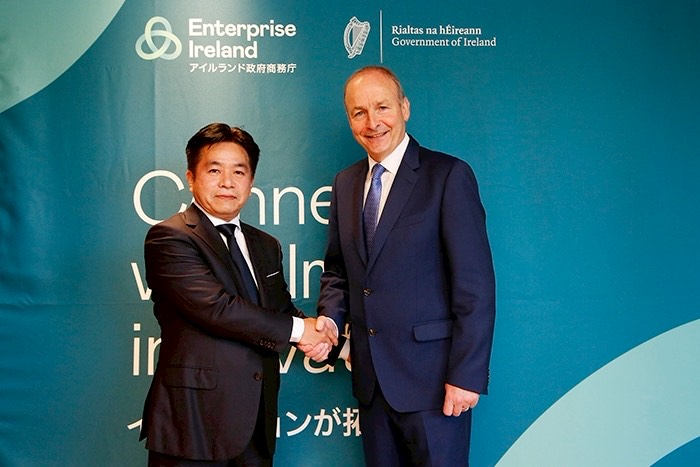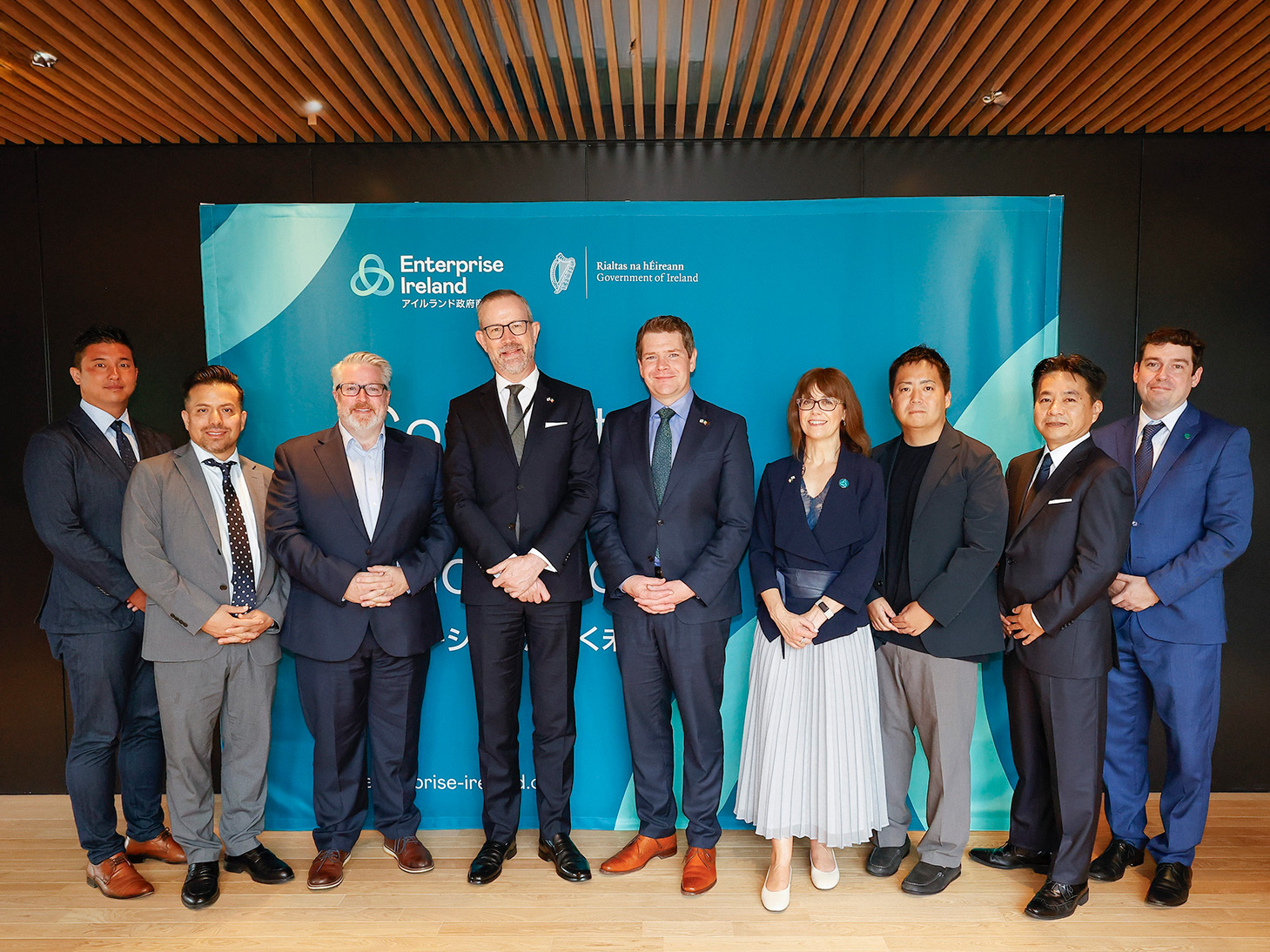News
better business decisions
Posted 7 months ago | 4 minute read

COP29: Key outcomes
The latest UN Climate Change Conference (COP29) has concluded, with a new finance goal to help countries to protect their people and economies against climate disasters, and share in the vast benefits of clean energy. Here we look at the key pledges and commitments made during the two weeks conference.
Climate finance
With a central focus on climate finance, COP29 brought together nearly 200 countries in Baku, Azerbaijan. Developed nations pledged to mobilise at least $300B annually by 2035 to support developing countries in their climate efforts.
This commitment aims to accelerate mitigation, adaptation, and resilience-building measures in vulnerable regions. The “New Collective Quantified Goal” (NCQG) replaces the earlier $100B annual target, signalling a push towards scaled-up climate action
Energy
A renewed emphasis was placed on transitioning away from fossil fuels, but the latest talks only referred to the Dubai deal, without explicitly repeating the call for a transition away from fossil fuels. However, a growing coalition is championing more aggressive decarbonisation strategies. A group of 25 countries and the EU announced that they would include a pledge for “no new unabated coal power” in their next Nationally Determined Contributions (NDCs).
The UK, Colombia and New Zealand became new members of a coalition of governments aiming to phase out fossil-fuel subsidies. They join 13 other countries, including Austria, the federal government of Antigua and Barbuda, Belgium, Canada, Costa Rica, Denmark, Finland, France, Ireland, Luxemburg, the Netherlands, Spain and Switzerland.
Three energy initiatives were launched by the COP29 presidency during a high-level roundtable on 15 November. These include the global energy storage and grids pledge, which commits endorsers to a collective goal of deploying 1,500GW of energy storage by 2030, more than six times the global capacity in 2022. A commitment to add or refurbish 25m kilometres of grids was also made as was a commitment to promoting “green-energy” zones and corridors to connect sources of “green-energy” generation.
The presidency also announced the COP29 hydrogen declaration, where endorsers committed to scaling up renewable, zero-emissions and low-carbon hydrogen production, plus accelerating the decarbonisation of existing hydrogen production from unabated fossil fuels.
The UK launched the Global Clean Power Alliance at a G20 meeting in Rio de Janeiro, which coincided with the second week of COP29. The alliance will see countries work together and share expertise to reach the global goal to triple renewable energy capacity and double the rate of energy efficiency improvements by 2030. Brazil, Australia, Barbados, Canada, Chile, Colombia, France, Germany, Morocco, Norway, Tanzania and the African Union became the first parties to back the UK-led alliance. The US and EU will also partner on the initiative.
Six new countries joined the 25 nations that aim to triple global nuclear capacity by the middle of this century, which was first announced at COP28.
NDCs
Ahead of the February 2025 deadline, three countries launched their next NDCs.
The UK launched its NDC aiming to cut its emissions to 81% below 1990 levels by 2035. Brazil set two headline targets: a “less ambitious” target of cutting emissions to 1.05bn tonnes of carbon dioxide equivalent (GtCO2e) by 2035, and a more ambitious target to cut emissions to 0.85GtCO2e by 2035. These would result in a 59% or 67% reduction in emissions, respectively, compared to 2005 levels. While the UAE said it will aim to reduce emissions by 47% between 2019 and 2035, on the path to net-zero by 2050.
Carbon markets
Key rules and guidelines underpinning international carbon trading under the Paris Agreement were formally adopted by world leaders. The COP29 presidency said this deal will help create a trusted, transparent and high-integrity carbon market.
Parties agreed to key guidance around Article 6.4, which will establish a new framework for a global carbon market run by the UN, increasing demand for credits. Article 6.4 allows a company in one country to reduce emissions domestically and have those reductions credited so that it can sell them to a different company in another country. Enhanced guidance and clarity around the authorisation and transfer of credits under Article 6.2, were also agreed.
This cross-border cooperation is expected to reduce the cost of implementing countries NDCs by up to $250B per year.








